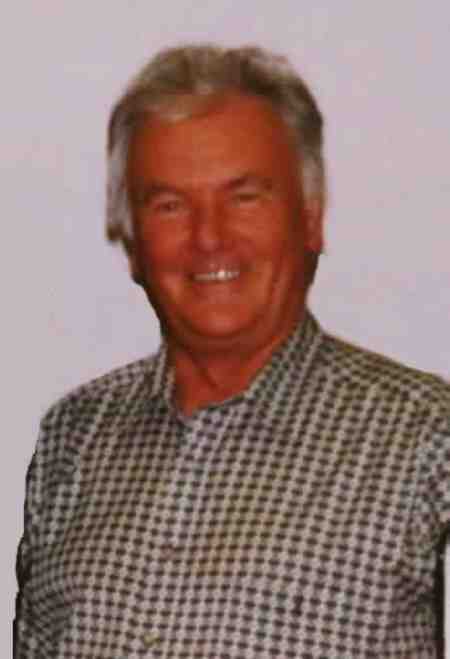
 Spangles ~ by Eric Peake
Spangles ~ by Eric Peake
Taken from a Lecture at the 1999 Spangle Day
The speaker for the morning session was well known artist, Budgerigar breeder and judge, Eric Peake. Eric once again captivated his audience with an excellent slide presentation; his talk was light, humorous and factual. He said that he loves drawing birds and also enjoys giving lectures on parrots.
His breeding room is of a wooden structure and contains a large flight, and he uses 8 wire cages as they are easy to maintain, and usually produces up to 150 birds a year. He said that an 8 ½" Budgerigar is a big bird that the progression of the Budgerigar over the years has been phenomenal.
He spoke of the first Spangles that Rolf Christian produced in Switzerland, and said that these Spangles were beautiful birds. In 1974 he was offered some Spangles, but at that time did not take up the offer. Harry Bryan, Alf Ormerod and Reinhard Molkentien were among the first fanciers to obtain this new mutation. They paired the Spangles to their very best birds, they bred well, and it wasn’t long before the Spangled variety was taking top awards at shows up and down the country. All our Spangles of today descend from these seven Spangles.
Eric spoke of the original Spangles that Alf Ormerod produced, they were beautiful Spangle Dark Greens with nice Spangled markings, iridescent body colour, silver and blue cheek patches, and the spots were varied ranging from hollow to semi-solid.
The shell markings on a normal consist of black, a grey centre and white edge. In the Spangle the melanin in the grey is missing giving the characteristic Spangled markings. With the Opaline Spangles the body colour replaces the normal markings in the wing.
He said that the Spangled Variety is a very complicated bird, and has many facets in its make up, and like all new mutations it is a challenge to breed good birds. We have increased the shoulder on our birds of today, and quality Budgies are appearing on the show bench, but we seem to be losing the quality of the variety. Spangles are being shown with and without spangle spots, and also with solid spots. Also the Spangled markings can vary considerably from very well defined markings to hardly any markings at all.
The Spangle was easy to improve in the early days and fertility was very good. Spangles were paired to large Normals but nowadays you cannot expect to produce big birds if they are not paired together properly. Eric advised that we should keep pairing Spangles to our "normal" varieties including using "Cinnamons", but not put them into other varieties like Clearwings, Clearbodies, Lacewings etc. as you will get a mixed composite bird which is not a good example of either variety. But if you have a good quality composite bird e.g. a Spangle Yellowface Dominant Pied pair it to a good normal, utilise what you have, if it’s a good Budgie use it.
The use of Yellowfaces with Spangles has been successful, the appearance of the body colour has increased, and the Yellowfaces seem to glow.
Eric commented on the Double Factor Spangle and said that it is not a Spangle visually and feels that they should have their own Challenge Certificate. He said that he has bred some very nice Double Factors, but some have turned out quite small, and you need to work with the better ones, as they may be the key to producing well-marked Spangles.
Eric concluded by saying that the bird’s make-up is like a jigsaw, and we must all work hard, stick together and try to maintain and improve the Spangled Variety for the future.
Spangle Review
Issue No. 24 ~ Winter 1999